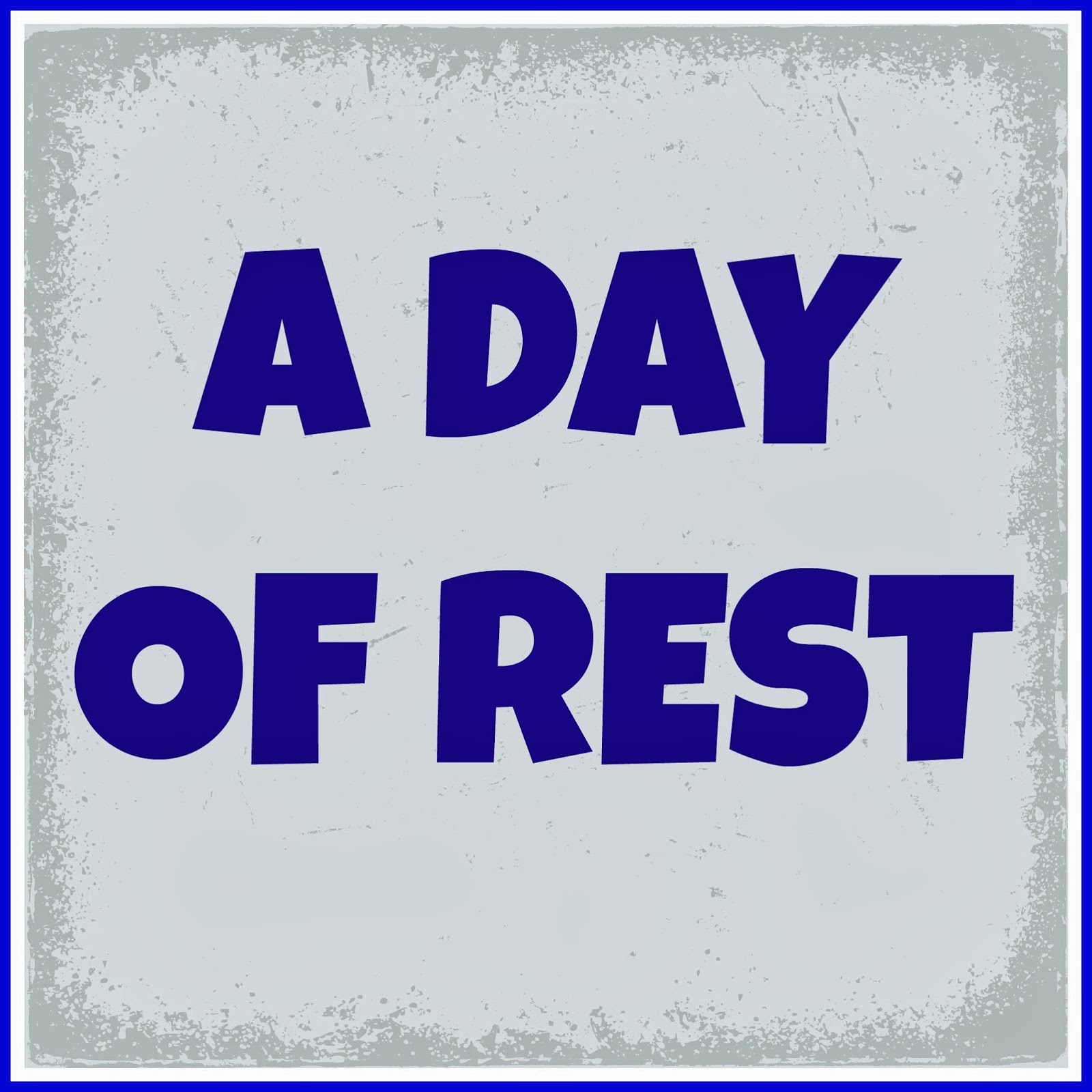

The easiest way to manage rests is to let the story dictate when and where rests can take place. Two waves of monsters before a final boss is a great way to ensure the boss doesn't face fully-rested characters ready to nuke them from orbit. This is why waves of monsters works particularly well in boss fights. When designing a combat encounter intended to be challenging, it helps to burn down the characters' resources with previous battles and little chance to rest.

Characters that have faced a significant number of foes and expended many of their daily resources will have a much harder time when facing difficult encounters.Įnsuring the characters don't face a final battle fully prepared is one of the top suggested ways to ensure the characters don't destroy boss monsters too easily. Well-rested characters, particularly at high levels, have many more resources at their disposal and can often succeed in very difficult battles, sometimes with ease. How well rested the characters are is a major factor in how challenging they find combat encounters. With all of their descriptions, the Dungeon Master's Guide and Xanathar's Guide don't offer much guidance on how best to handle rests in our D&D games to maintain the right pacing. Instead, characters should face as many encounters as makes sense given the situation and circumstances. This is often interpreted that characters should face six to eight encounters in an adventuring day. "Assuming typical adventuring conditions and average luck, most adventuring parties can handle about six to eight medium or hard encounters in a day." Xanathar's Guide to Everything offers optional exhaustion rules should characters choose to forgo a long rest during a 24 hour period of time.Īn oft-described and, in my opinion, misinterpreted description in the Dungeon Master's Guide states the following: Also worth noting is that a character can only benefit from one long rest in 24 hours.Ĭhapter 3 of the Dungeon Master's Guide describes the expectation that characters receive two short rests per adventuring day. The section is worth reviewing but offers no guidance for DMs on how best to offer or control such rests. An interesting note, the default rules state that a character only regains half their maximum hit dice on a single long rest. Chapter 8 of the Player's Handbook includes the basic descriptions of short and long rests. On any topic like this, it always helps to go back to the core books and see what they have to say on the topic. It helps when we pay conscious attention to it and arm ourselves with the tools to manage rests and maintain the right exciting pacing of our D&D games.

It behooves DMs to recognize how and when we offer rests to the characters. Too few and players feel helpless and frustrated as they watch their characters dwindle down to their last remaining hit point.
Long rest time full#
Too many rests and the characters enter every situation armed with the full force of their character at their disposal. The frequency of rests, both long rests and short rests, is critical to the pacing of our D&D games.

New to Sly Flourish? Start Here! Handling Rests in D&D


 0 kommentar(er)
0 kommentar(er)
